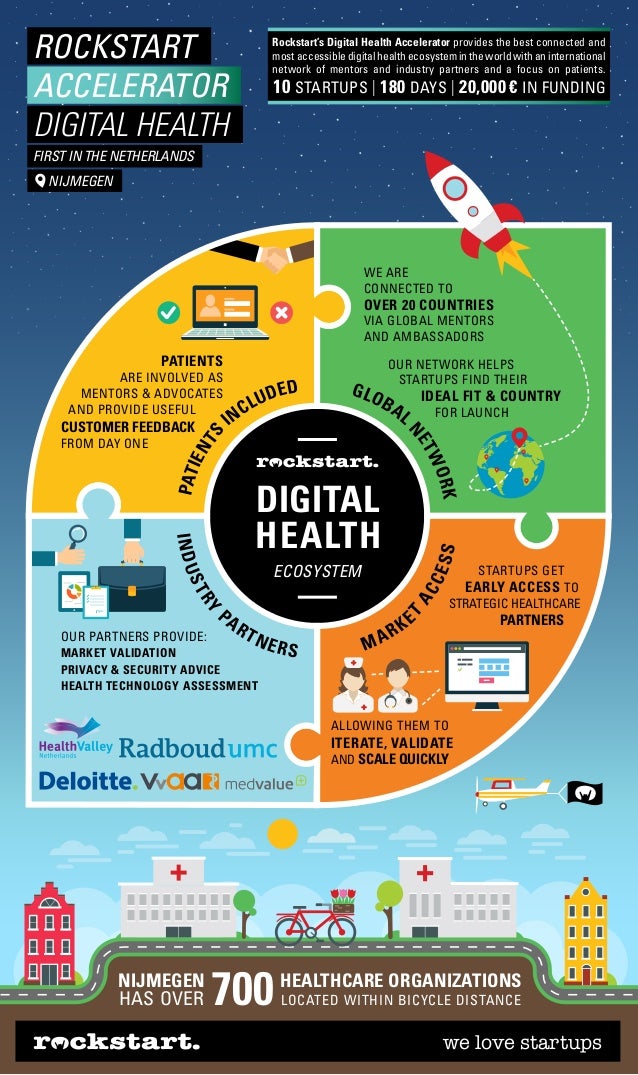Checking Out Minimally Invasive Hernia Surgical Procedure: Advantages As Well As Risks

Posted By-Goodwin Pearson
Under general anesthetic, the surgeon uses small lacerations to access the herniation. The abdominal area is pumped up with gas to make it easier for the specialist to see inside.
This new strategy lowers hernia reoccurrence and complication prices in overweight patients by reducing the muscle mass that wraps around the abdomen like a girdle. It's called transversus abdominis launch (TAR).
1. Marginal Lacerations
Ruptures are caused when a part of an organ, generally the intestine or abdominal fatty tissue, pushes via a weak point in your body's muscle mass. Surgical treatment is required to press the extending tissue back right into area and strengthen the weak location with mesh.
With minimally invasive hernia fixing, your doctor makes small cuts that are much much less terrible to the body than a single lengthy incision from open surgery. This results in less injury infections, less discomfort, lowered threat of hernia reoccurrence and also quicker recuperation.
Throughout laparoscopic hernia surgery, your medical professional will inflate your abdominal areas with a safe gas and also make numerous small cuts (cuts). They then place a tube with a cam on the end (laparoscope) to obtain a better take a look at your internal organs. They utilize photos from the cam to guide their job as well as repair your hernia with mesh. This method might be more suitable for obese individuals who have a larger hernia in the deep abdominal muscles, as ruptures in this area are more probable to return after surgical procedure.
2. Less Difficulties
Ruptures develop from a weak point in stomach muscles that permits cells, such as the intestines, to extend via a void or hole. The condition can trigger pain, discomfort, and possibly extreme health and wellness complications otherwise treated.
Surgical treatment is created to fix the hernia by repositioning herniated tissue back into the abdominal area as well as strengthening the weak area of muscle mass. Hernias may happen in the groin (inguinal), stomach switch (umbilical) or anywhere on the stomach wall surface. They are frequently triggered by flexing, raising or persistent coughing that taxes the weak point of the muscle mass.
https://squareblogs.net/galen63anjanette/5-key-elements-to-consider-when-choosing-a-hernia-surgery-center is a minimally intrusive treatment that requires general anesthetic and involves three to four tiny incisions. A tool called a laparoscope, which is a slim tube with a video camera on the end, is inserted via one of the incisions. Other cuts will be used to place a piece of mesh to strengthen the location. This technique is taken into consideration risk-free and efficient when performed by a certified surgeon.
3. Less Pain
Ruptures establish when a part of the intestine or fat protrudes through a vulnerable point in the abdominal muscle wall surface. Conventional therapy entails medical surveillance and way of living modifications to urge the hernia outcropping to shrink into place. However, with hernias that do not solve or hernias in a location where they might become trapped, surgical treatment may be necessary.
hernia surgical treatment can be done with minimally invasive approaches, which commonly involve little incisions as well as less discomfort. These treatments can minimize the risk of issues, consisting of recurrence, as well as are usually quicker to recover from than typical open surgery.
Laparoscopic hernia fixing is typically less uncomfortable than open surgical procedure, with individuals able to return to normal tasks more quickly. Researchers have actually located that discomfort degrees following surgical treatment are substantially reduced making use of tension-free hernia fixing strategies, which don't add pressure to damaged muscles. This is especially real for ruptures in the groin, which can be more difficult to address with various other techniques.
4. Much shorter Recuperation
For hernias that do not reply to conventional treatment method, a medical repair is recommended. Standard hernia therapy entails clinical monitoring to encourage the protrusion to diminish and change back right into area.
Hernias take place when intestinal tract, fat or fluid pushes through a weak point in the stomach wall surface. They are frequently brought on by bending or raising hefty things, persistent coughing from COPD, irregularity or looseness of the bowels, pregnancy as well as being obese. They can be located in the groin (inguinal hernia), belly switch (umbilical hernia) or at the website of a previous surgical procedure in the abdominal area (incisional hernia).
Throughout laparoscopic hernia surgical procedure, your doctor will certainly inflate your belly with a harmless gas and make a few small incisions near the hernia. Then https://www.pahomepage.com/lifestyle/healthbeat/revolutionizing-hernia-repair/ will certainly insert a thin tube with a camera on the end called a laparoscope to see the within your stomach as well as repair the hernia utilizing mesh. Recuperation is much faster with this strategy and clients are usually back to their routine activities a week quicker than with open surgical procedure.

